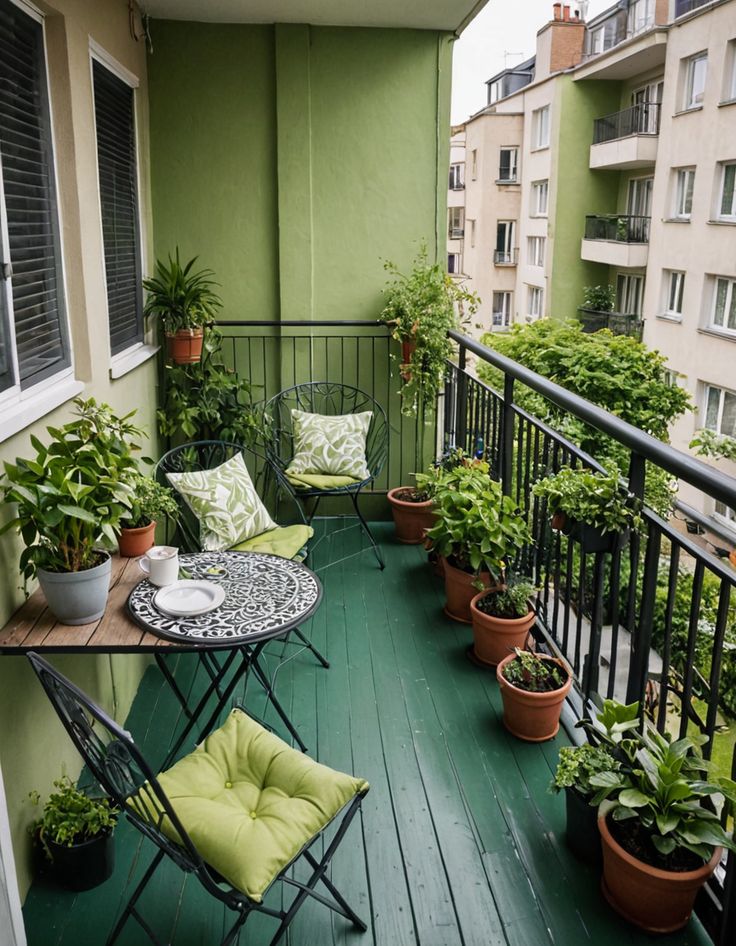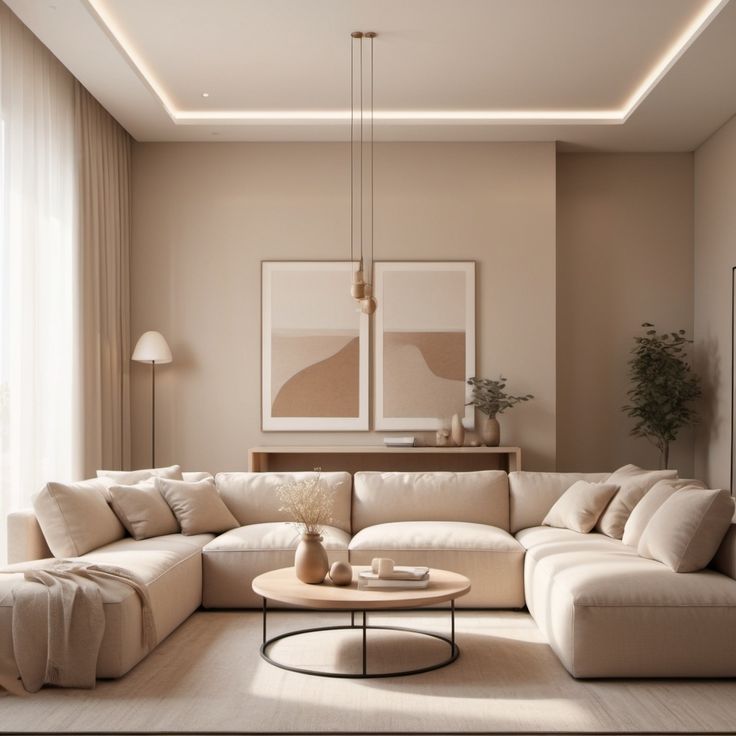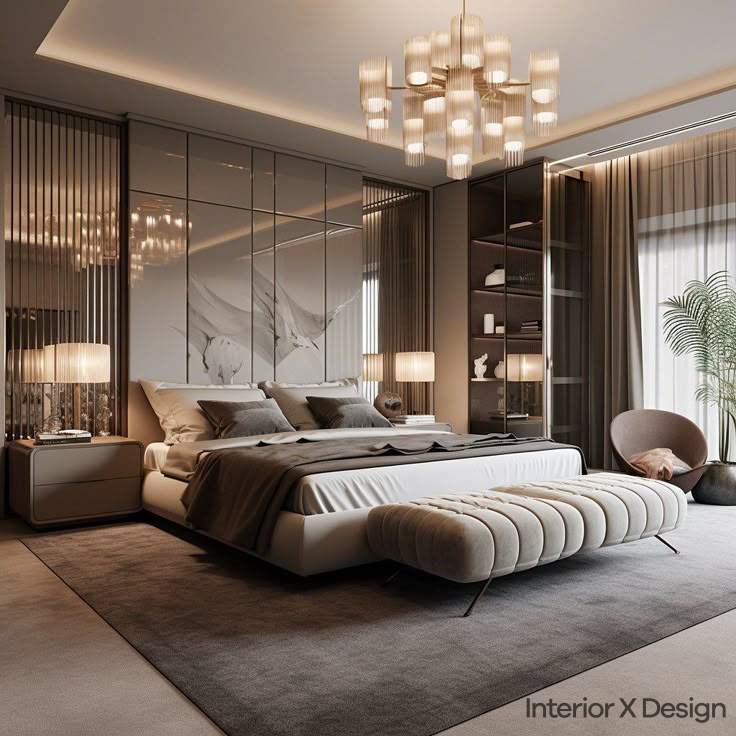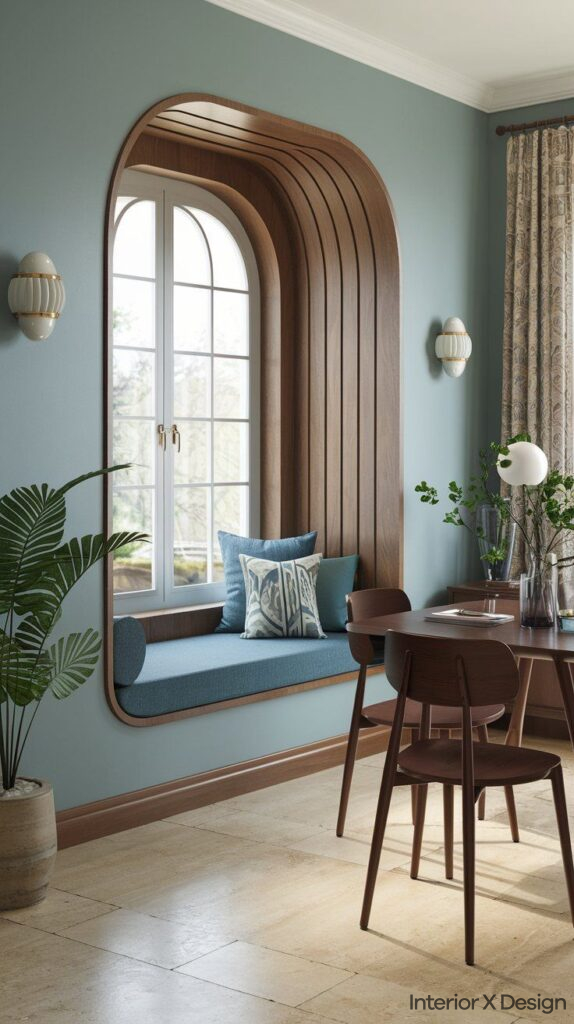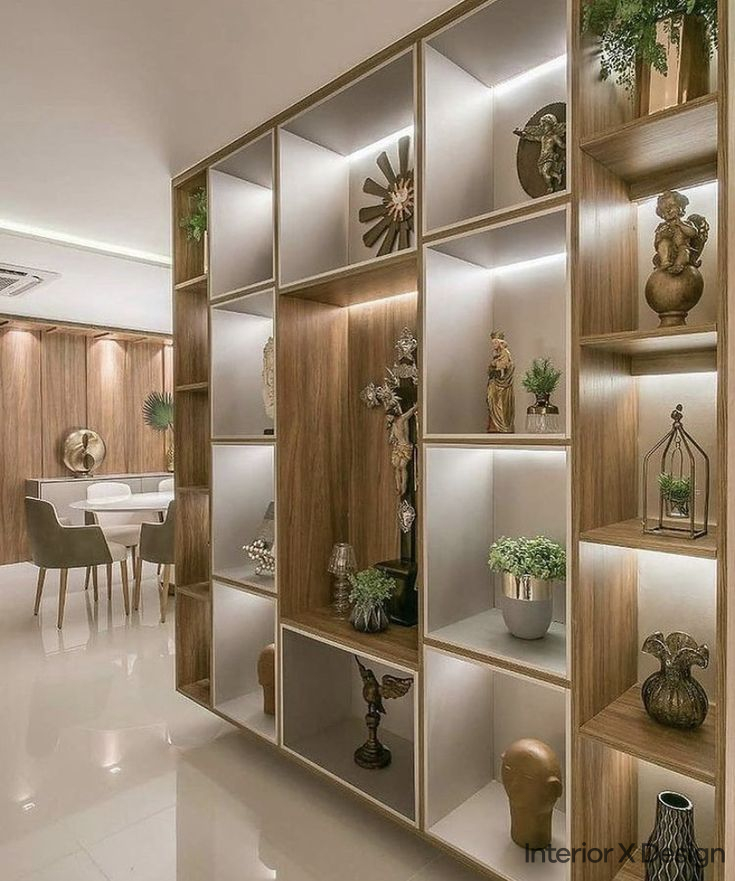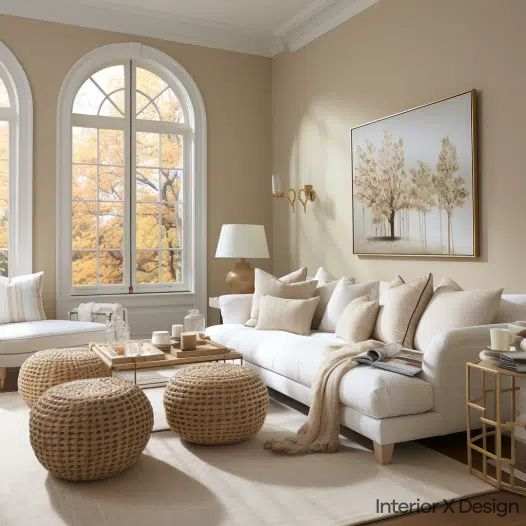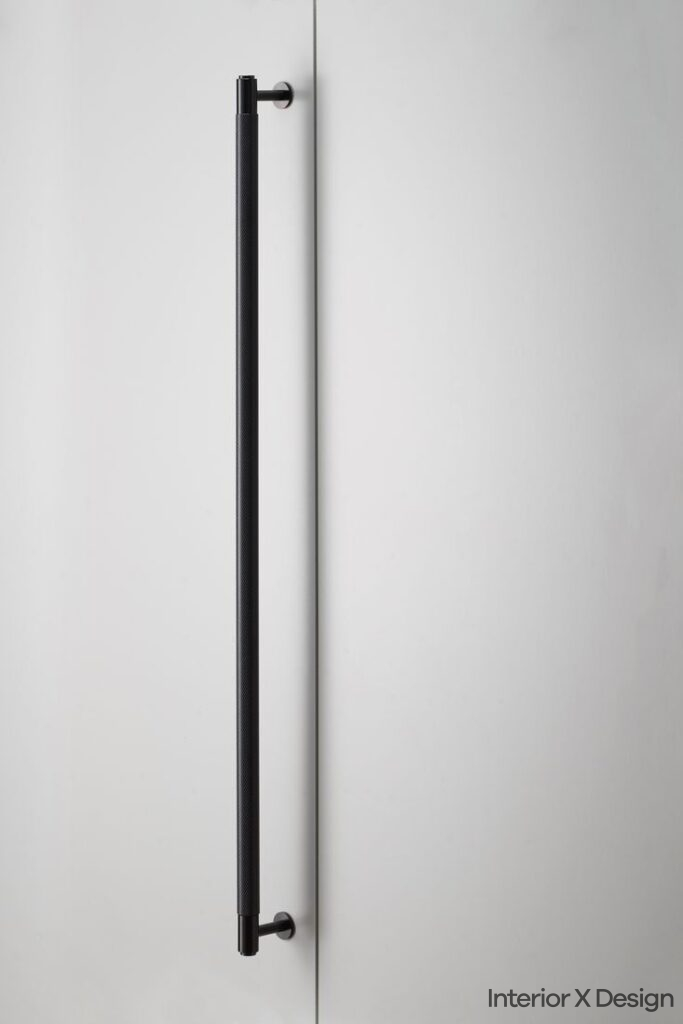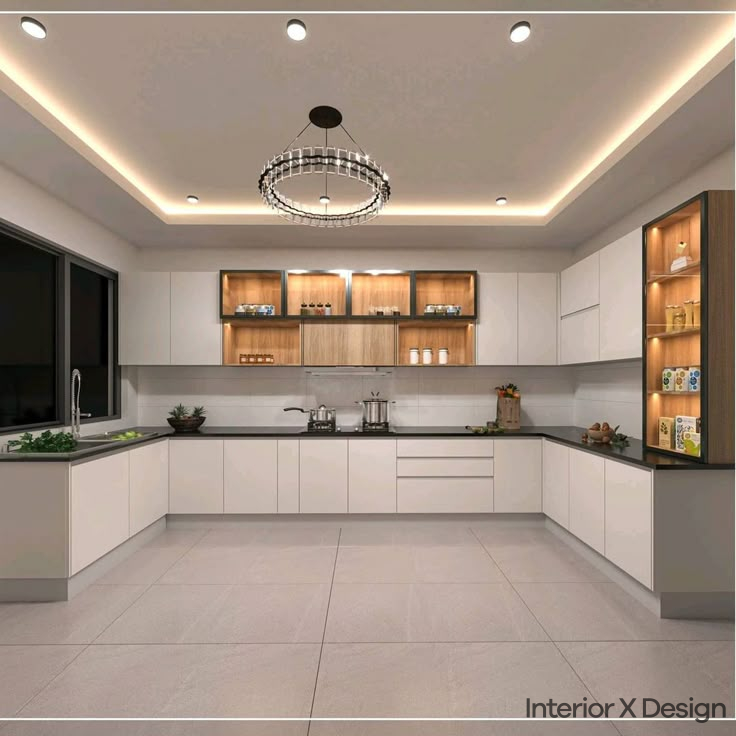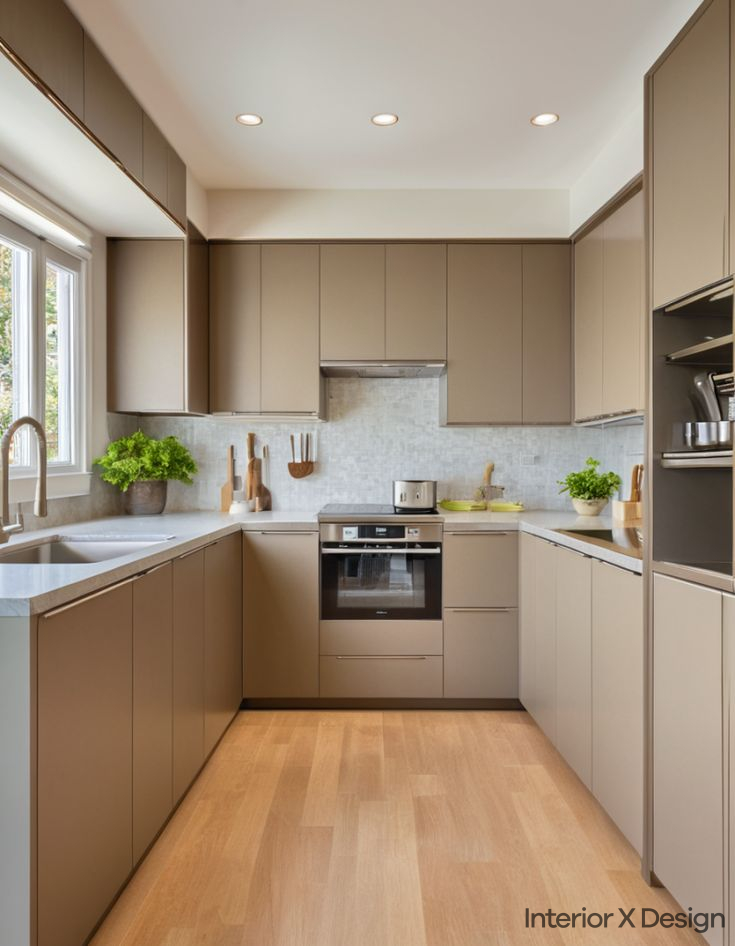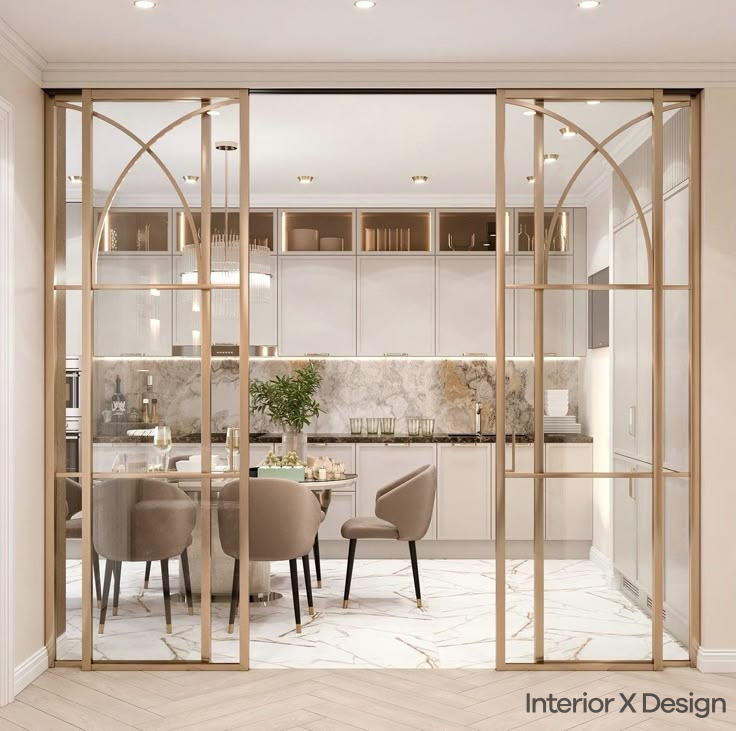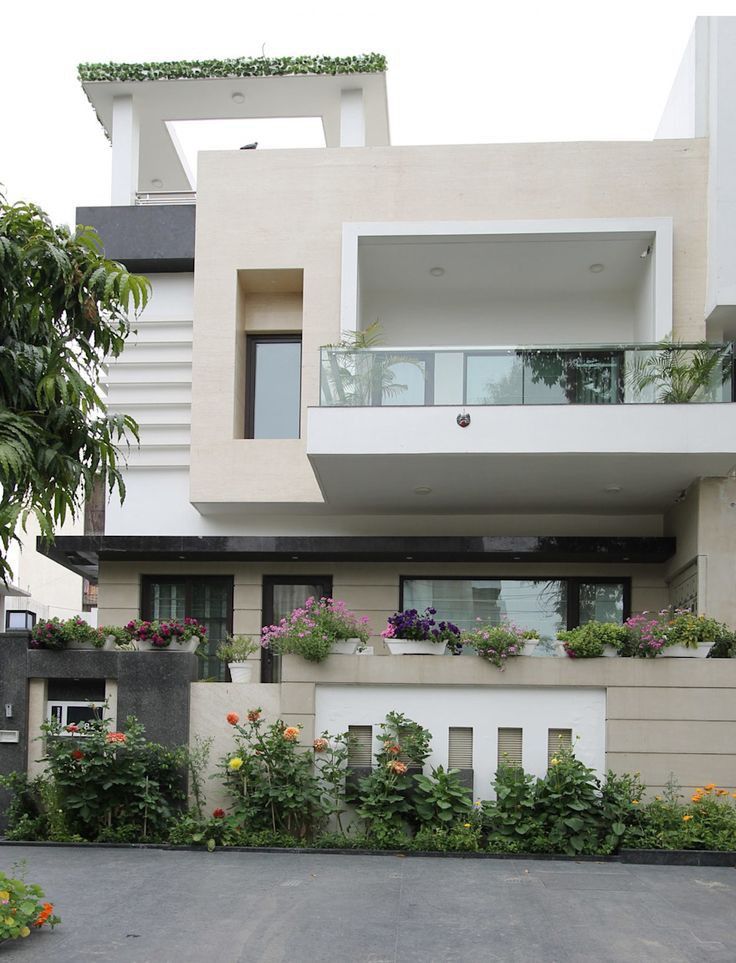

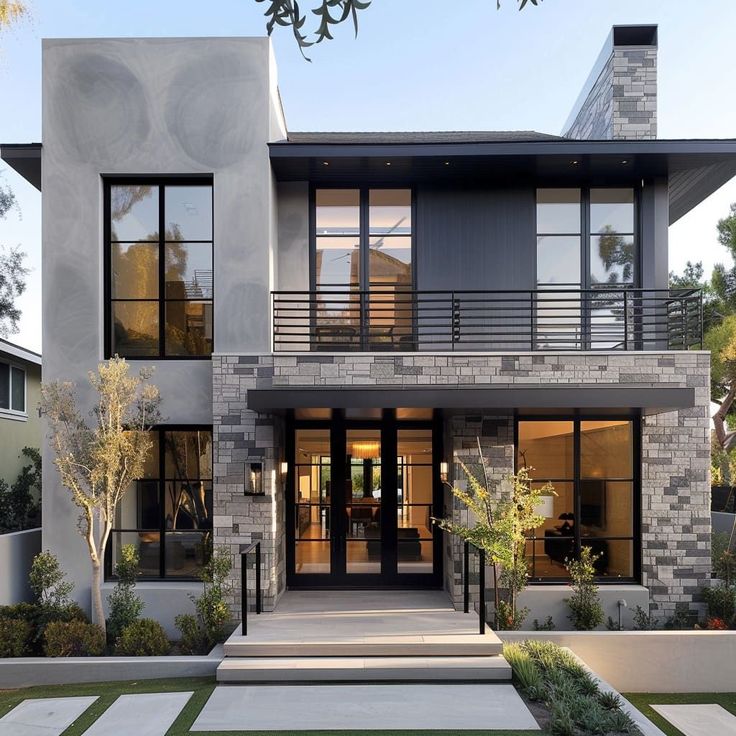
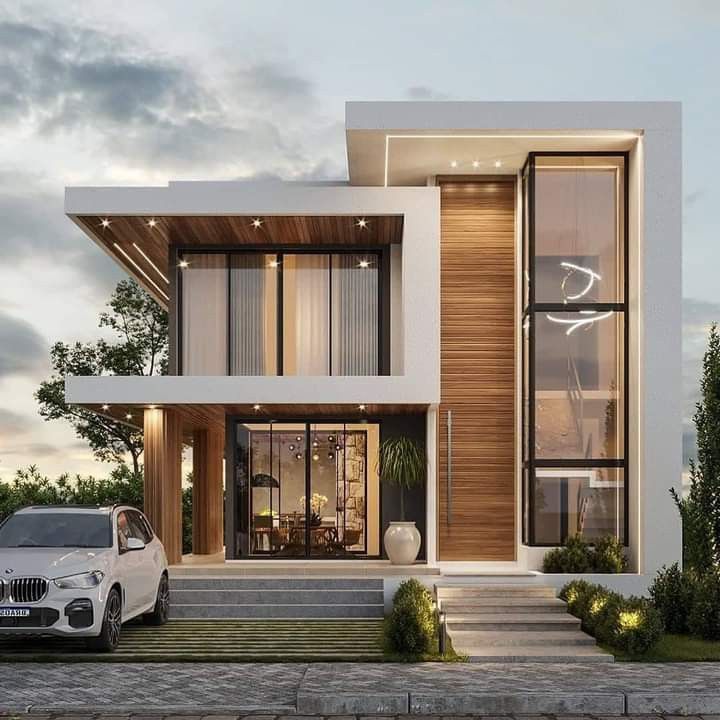

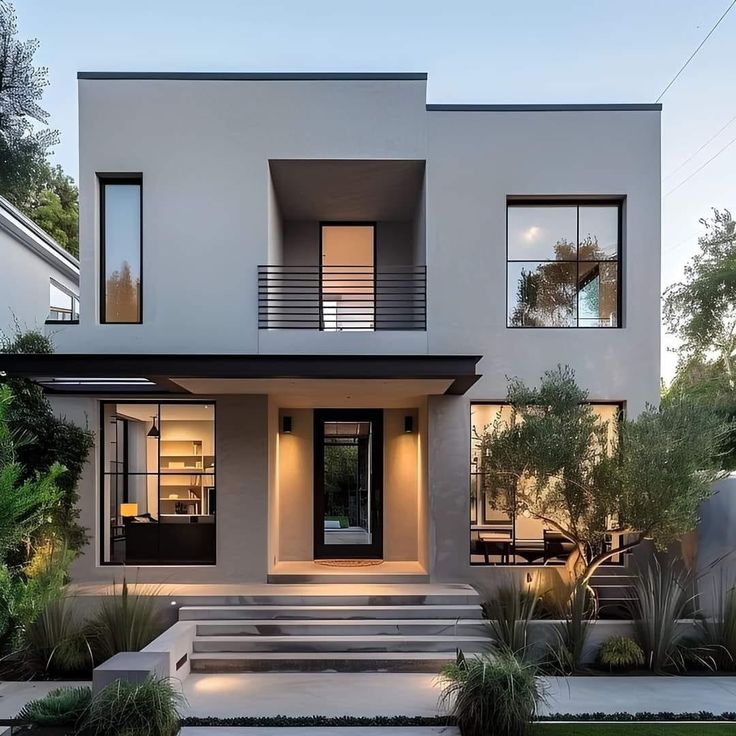
Why Double Floor Normal House Front Elevation Designs Matter
A well-designed front elevation:
- Increases curb appeal.
- Improves resale value.
- Reflects the owner’s style.
- Supports balanced architecture.
- Helps with proper use of space.
A good double floor design is not only about aesthetics. It connects style with structure, ensuring long-term value.
5 Key Elements in Double Floor Normal House Front Elevation Designs
1. Symmetry and Balance
Symmetry creates a clean and organized look. Balanced designs on both floors make the house appear more structured and visually appealing.
Tips:
- Use matching windows on both floors.
- Place the main door centrally.
- Add vertical beams or columns to connect the floors.
Example:
A home with aligned square windows on both levels, a centered door, and vertical pillars offers a neat and professional look.
2. Material Choices
Materials affect both appearance and durability.
Common Materials:
- Stone cladding for a bold and rustic touch.
- Wood panels for warmth and traditional appeal.
- Glass to give a modern and airy feeling.
- Metal for strength and a sleek edge.
Example:
A home using stone on the ground floor, wood on balcony railings, and large glass windows balances modern and classic features.
3. Smart Lighting Placement
Lighting helps highlight design features and improves safety.
Ideas:
- Wall lights to frame the house.
- LED strips on balconies and steps.
- Spotlights for key architectural features.
- Recessed lights under the roof or balcony.
Example:
LED lighting under balconies and focused wall lights can make your home stand out at night.
4. Balcony and Railing Design
Balconies add depth and utility. Their railings help define the home’s look.
Options:
- Glass railings for a modern, clean finish.
- Wood or metal for a classic or industrial style.
- Layered balconies for added visual interest.
Example:
A house with a first-floor glass balcony and second-floor wooden railing adds contrast while staying consistent.
5. Roof Style
The roof impacts both the design and how the house handles weather.
Choices:
- Flat roofs for modern homes.
- Sloping roofs for traditional styles.
- Mixed roofs for added style and function.
Example:
Flat roofs with green terraces and a sloped roof over the entry give a stylish and useful mix.
Popular Styles of Double Floor Normal House Front Elevation Designs
Contemporary Minimalist
This style keeps things clean and simple.
Features:
- Flat roofs.
- Large windows.
- Minimal decorations.
- Use of concrete, glass, and steel.
Example:
A house with straight lines, exposed concrete, and glass balconies feels spacious and modern.
Traditional Indian
This design highlights cultural detail and color.
Features:
- Decorative balconies and jali work.
- Bright colors like terracotta and blue.
- Clay tile sloped roofs.
Example:
A home with carved doors, arched windows, and red tiled roofing gives a warm and welcoming vibe.
Modern Urban
Urban homes focus on space-saving and function.
Features:
- Mixed use of glass, wood, and concrete.
- Compact designs.
- Green elements like terrace gardens or wall planters.
Example:
A narrow plot home with vertical gardens, concrete walls, and large glass panels looks sleek and smart.
Comparison Table: Design Styles at a Glance
| Style | Roof Type | Key Material | Best For |
|---|---|---|---|
| Contemporary | Flat | Concrete, Glass | Urban or modern homes |
| Traditional Indian | Sloped | Clay, Wood | Culturally rich looks |
| Modern Urban | Flat/Mixed | Glass, Wood, Metal | Small plots, functional use |
Common Mistakes to Avoid
- Ignoring proportions: Mismatched windows and unbalanced design reduce appeal.
- Overdecorating: Too many styles or colors create clutter.
- Poor lighting: Weak or uneven lighting hides features.
- Wrong material choice: Looks great but performs poorly over time.
- No greenery: Lacks warmth and natural touch.
Final Thoughts
Double floor normal house front elevation designs offer many creative and practical choices. Focus on symmetry, good materials, lighting, and roof style. Choose a design that matches your taste, plot size, and budget. By avoiding common mistakes and planning each element well, your home’s front will look good and last long.
Related Interior Design Resources
For more insights into enhancing your home’s overall aesthetic, explore these guides from Interior X Design:


